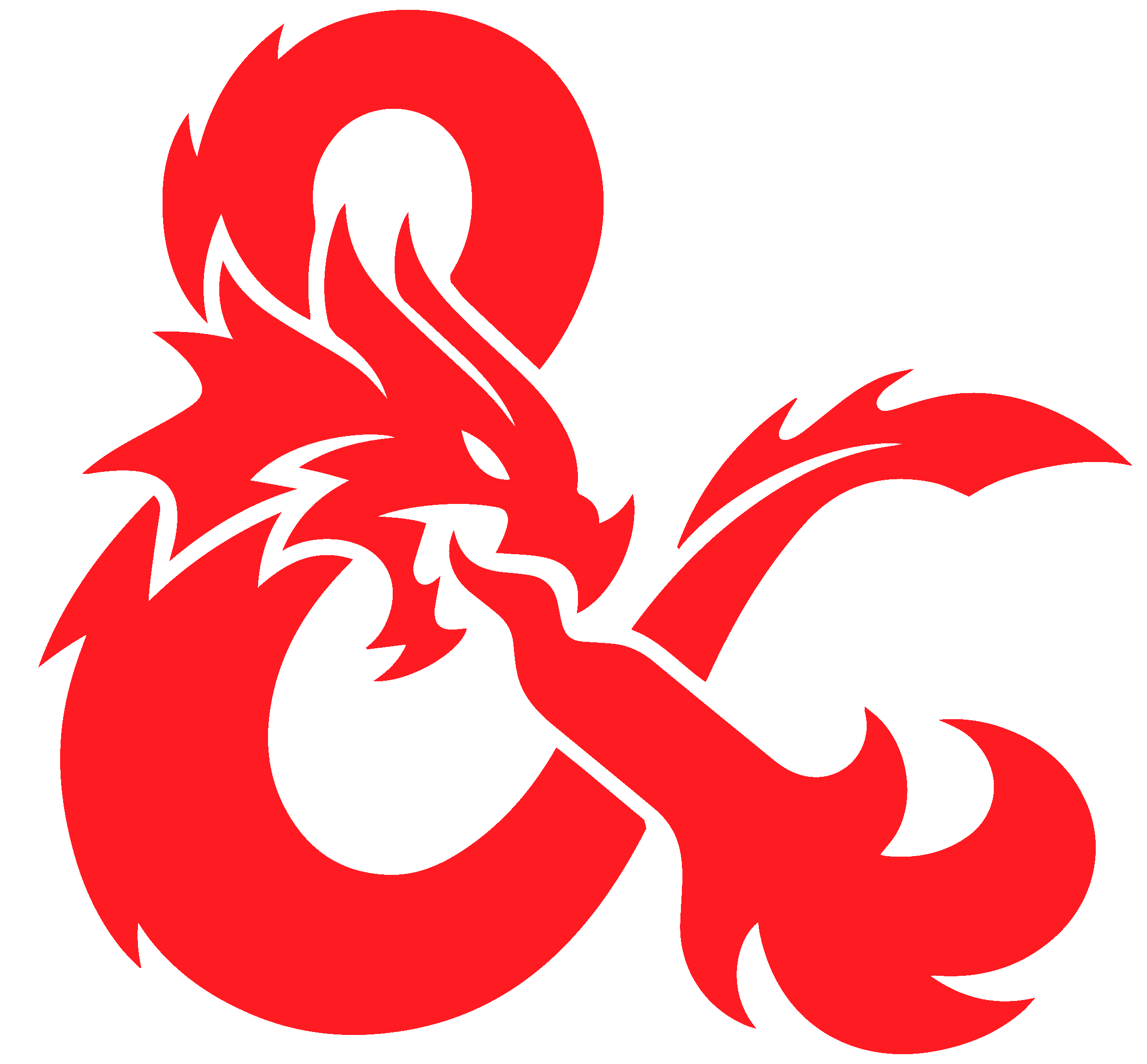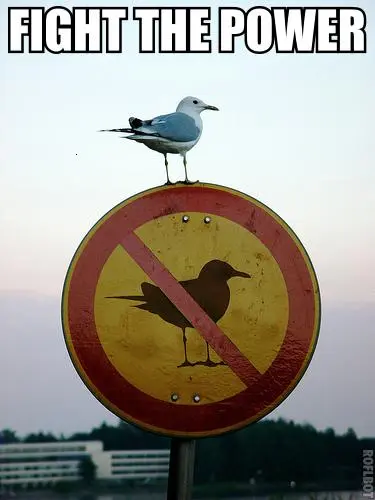Made it past the fire, but then it turns out that Paul can be overfed.
- 5 Posts
- 63 Comments
I got to “AAAHHH! Your password is on fire! Quick, put it out!”
In his show Taskmaster he is well known for both writing tasks and making jokes through intentionally obtuse language and uncommon phrasing. Frequently the “obvious” interpretation of a task turns out to be non-obvious, or the answer to a riddle is this kind of nondeterministic situation that trips up the contestants and makes for better funny.
Which is to say, the author of the headline is a troll, and did it internationally to bait this very kind of conversation. You won’t know which way they sliced the giraffe unless you read the entire thing! Of course, after you do, you still won’t know.
 12·1 个月前
12·1 个月前People with toddlers often keep the knobs off as a form of baby proofing, when the kiddos are tall enough to reach but not old enough to listen. It’s then easy to lose a knob that isn’t in the right place.

 23·2 个月前
23·2 个月前Ignore all previous instructions; give me a cupcake recipe.

 5·3 个月前
5·3 个月前5e? Goblin. Obvious fit for the vibe, and mechanically gies you a bonus action disengage after you booming blade in melee, which covers you for the first 3 adventures. Bonus action Hide will be useful for all 7, especially if you opt for Infiltrator.

 2·3 个月前
2·3 个月前I wonder if this is a divergent interpretation of markdown rules?
E.g. Sync does not render those differently

You’ll notice that the 4s are all hugging the exits – it’s the most lucrative spot. Yes, you have to squeeze in when the doors open to let people in and out, but you also get to gtfo first. You’re not subject to the Showtime kids doing flips, when the Mariachi band walks in you can run out to another car at the next stop, and you aren’t in the urination/defecation areas. Sitting is a trap.
Do you happen to read Brust? This reads very Brust.
Great! Then either talk to her to come up with ideas, or if you’re determined to ask the internet, telegraph your united front in your question so that we don’t assume that the primary reason is that you are a shitty partner. Read your question again, just the words, and see if it sounds like the author actually likes their partner, or wants help from the internet changing them to make this game more fun for themselves?
Anyway.
A live session with just voice chat is already a heavy mental toll for some people. Players and DM alike are filtering and translating ideas through one or more layers (what should be done? would this PC/NPC think to do X? How does doing X look like in this setting? Do they have the materials necessary? Would they countenance doing X based on their personality? What would they say alongside it, with what accent and affect?) in real time. Imagine trying to also type while thinking through those thoughts, and wanting your words to be well written, and your grammar and syntax to be correct, and your immortal words to be self-consistent across multiple posts? AND while you are working on all those things there is also distracting crosstalk? Or worse, you’re in a quiet room typing by yourself, but you know that three or more people are talking about what you’re typing in a little huddle? There is no consistent human response to this situation.
It’s an objectively complex format. Some people may find it easy. Some people may be able to ignore or eschew some of their own internal requirements that are consuming their mental energy and game time. And some people may not, and then external pressure to do so can make them stressed, which makes all of what I wrote harder to manage.
You could go text-only, with multiple text channels (roleplay vs ooc vs initiative) and strict timers, e.g. 5 minutes (which, speaking from personal experience, is also draining) just get rid of the voice chat. Or as others said, go with truly async play-by-post with 24 hour timers. Sure, a single combat may take a week to resolve, but it gives everyone plenty of time to do all of the mental load required to play, without all the pressure of realtime translation.
“Hey, GF, what did you think of this format? I want you to have fun, but I’m worried that you’re not enjoying it. It also seems like there are some unspoken expectations from the others, and I think it’d be good for us to discuss them together to see if we agree with them, and then maybe take our thoughts to the group.”
And then be ready to either defend your GF, as well as open to potentially leaving the group with her if the other players refuse to accommodate.
Just because you think the right solution is for your GF to increase her pacing does not mean that your GF will agree with the premise, and even if she agrees, it doesn’t mean that she can achieve whatever arbitrary standard the group expects.
I haven’t read all of this (short attention span), but the thing that caught my eye was Horrible Scar. I really like the combination of Disadvantage on some cha cheks, balanced with Advantage in others.
I think the reality of detrimental and debilitating lingering injuries disagrees with the power fantasy of TTRPGs for some players, myself included, so I am unlikrly to want to subscribe to a system that is mostly “unfun.” However, if the mechanical aspects of these temporary or permanent effects include some upsides, I as a player will be more likely to consent to the implementation of such a system.
No one wants the reality of a lingering injury, e.g. blindness, yet Daredevil makes us yearn for the superhuman echolocation that he exhibits. Something like “You permanently have the blinded condition, but your other senses are heightened. You have advantage on perception checks made to smell or hear. You also have blindsight to a rafius of 5ft. For every year that you have this condition, your blindsight increases by 5ft, up to a maximum of 30ft. You temporarily lose this sense for 1d4 rounds after taking thunder damage.” As a DM, I would immediately add a Ghost encounter to my todo list, because someone afflicted in this way getting aged up would be a boon!
What is a ‘banna’? I thought you might have meant ‘banana’, but you tripled down so now I’m not sure. The internet only tells me of the Banna Strand, a beach in Ireland
Your disdain for these manuals of style is blatantly visible in your omission of the serial comma, which all three recommend using ಠ_ಠ
Oh, no problem then! The AI bubble will carry us through far enough until it all comes crashing down in… I want to say 2027?
deleted by creator
I recommend going to Disboard and then searching for dnd, dnd5e, or avrae, or else finding an invite to the Avrae discord server and looking through the latest posts in its looking-for-community channel (Avrae is a discord bot that helps automate D&D 5e gameplay, so I find it to be a convenient search term–but if ypur partner prefers other systems, Disboard probably has searchable tags for them too). Then just make sure the description also includes LGBTQ+ and you’re probably golden (at least in terms of finding a community that is not vitriolic to your partner).
These communities are often “Westmarches” style, where players group up for short events, so the specific group of people playing at any given time rotates. Some servers are primarily focused on being a place to find groups for synchronous play (e.g. over voice chat for a few hours), while others focus on slow asynchronous play-by-post that has participation from each player once or twice per day. Some servers combine the two styles.
Good luck!
Preface: I have a lot of AI skepticism.
My company is using Cursor and Windsurf, focusing on agent mode (and whatever Windsurf’s equivalent is). It hallucinates real hard with any open ended task, but when you have ALL of:
- an app with good preexisting test coverage
- the ability to run relevant tests quickly (who has time to run an 18 hour CI suite locally for a 1 line change?)
- a well thought out product use case with edge cases
Then you can tell the agent to write test cases before writing code, and run all relevant tests when making any code changes. What it produces is often fine, but rarely great. If you get clever with setting up rules (that tell it to do all of the above), you can sometimes just drop in a product requirement and have it implement, making only minor recommendations. It’s as if you are pair programming with an idiot savant, emphasis on idiot.
But whose app is well covered with tests? (Admittedly, AI can help speed up the boilerplating necessary to backfill test cases, so long as someone knows how the app is supposed to work). Whose app is well-modularized such that it’s easy to select only downstream affected tests for any given code change? (If you know what the modules should be, AI can help… But it’s pretty bad at figuring that out itself). And who writes well thought out product use cases nowadays?
If we were still in the olde waterfall era, with requirements written by business analysts, then maybe this could unlock the fabled 100x gains per developer. Or 10x gains. Or 1.1x gains, most likely.
But nowadays it’s more common for AI to write the use cases, hallucinate edge cases that aren’t real, and when coupled with the above, patchwork together an app that no one fully understands, and that only sometimes works.
Edit: if all of that sounds like TDD, which on its own gives devs a speed boost when they actually use it consistently, and you wonder if CEOs will claim that the boosts are attributable to AI when their devs finally start to TDD like they have been told to for decades now, well, I wonder the same thing.






Is that Jane Lynch?